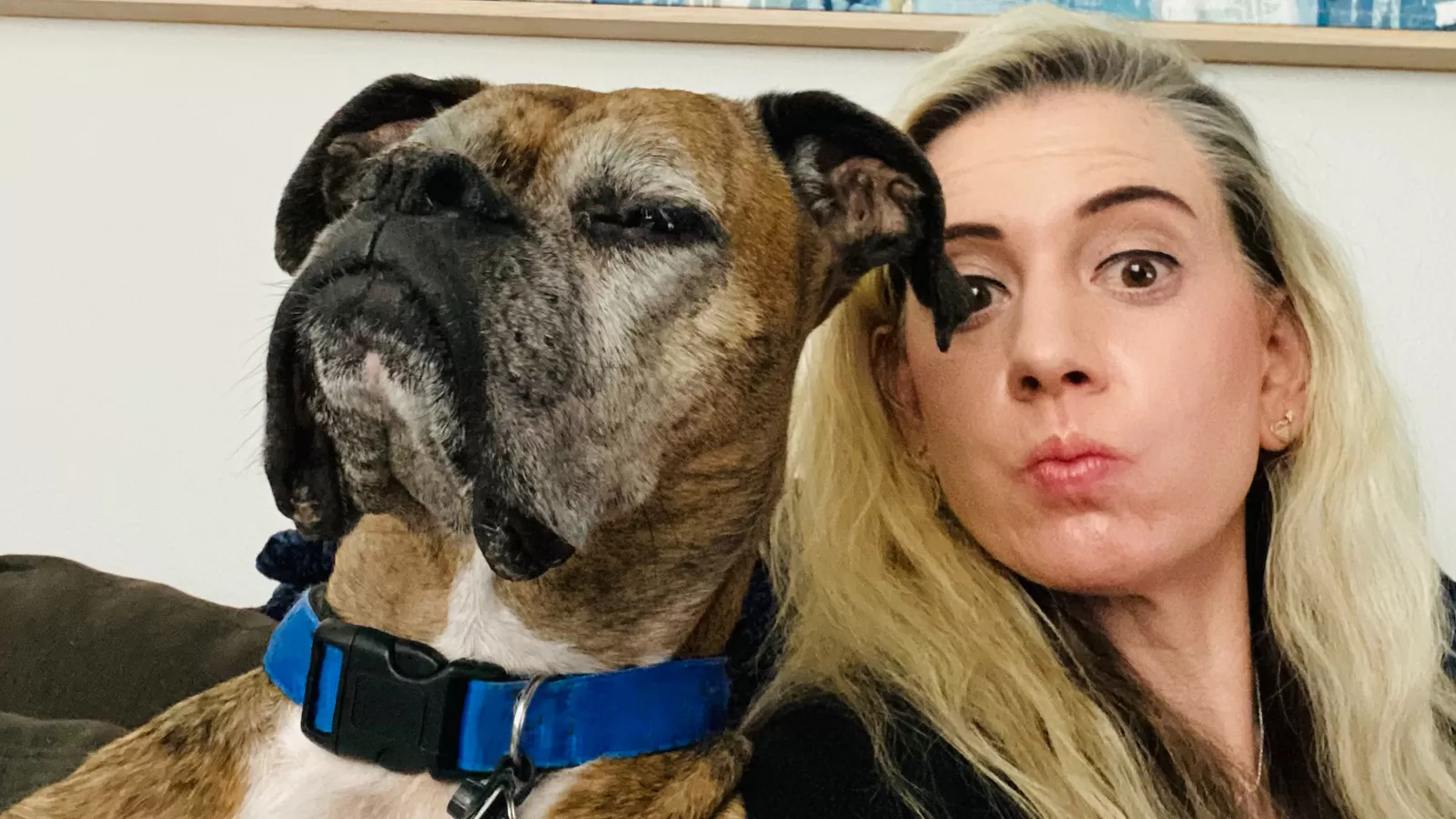'I Choose to Be Positive': A Metastatic Melanoma Story Guided by Hope

In 2010, Mindi noticed that a mole on the left side of her chest was bleeding. She felt concerned, but not panicked; after all, the air outside in Salt Lake City, UT had been dry, the 22-year-old reasoned. It could just be dry skin.
Still, she wanted to take the proper precautions, so she made an appointment with a dermatologist. When the doctor suggested they take a wait-and-see approach, Mindi wasn't comfortable with it. She wanted to be proactive.
"I know my body best," she says. "My gut reaction was, no; I'll go to someone else just to get another opinion."
That second opinion may have saved her life.
The next dermatologist performed a biopsy and found that Mindi had melanoma, which is a skin cancer—the fifth most common cancer in the United States.1 By the time of Mindi's diagnosis, the cancer was considered stage 3, meaning it had already spread to nearby lymph nodes. As her metastatic melanoma journey began, she felt like she was pushing a "pause" button on her life. "It's a full-time job just to take care of yourself," she recalls.
In the five years that followed she had a lot of time to reflect on the myths she once believed and the choices she made that may have contributed to causing her cancer.
“I thought skin cancer was for older people,” she says. “Now I know that’s not true.” For her, a fair-skinned woman, tanning beds had long been a part of her regimen when she was a teenager. Looking back, she believes she had a distorted image of beauty. “I wish I knew my skin color was perfect for me and that it did not need to be changed,” she says.
As time passed, her treatment plan seemed effective, thankfully. In 2015, she was told her cancer was in remission.
An evolving cancer experience
But in the summer of 2017, Mindi started to feel sick. She developed a cough that wouldn’t go away. Her eyelashes and eyebrows turned white. She noticed discolored patches of skin on her back. Early in 2018, she made an appointment to see a dermatologist. This time, she learned that the cancer had spread, or metastasized, again. She had a tumor in her lung. It was stage 4 cancer.
Still, Mindi never lost her hope. “Of course, there are incredibly challenging times where it can be hard. However, I do have hope knowing medicine is continually advancing. Today there are more options available than ever before including more clinical trials,” she says.
If one path wasn’t effective, she realized, there were others. “It’s important for me to be able to ask ‘What’s next?’ so I don’t allow myself to focus on something that did not work or that is now in the past. I also continually remind myself that I can only control what I can control.”
Now in her 30s—married and working in the education field—she was also surprised and relieved to learn that because of improvements in disease management, she was able to continue doing the things she loves.
"I can still enjoy my life while living with metastatic melanoma," she says.
Mindi’s two diagnoses of different stages of melanoma span a period of evolution in treatment—and survival—for patients with skin cancer. Since 2010, when Mindi was first diagnosed, scientific advances have impacted three key statistics, giving melanoma patients more reason to hope. While the rate of people diagnosed with melanoma grew about 1.2% annually between 2010 and 2019, the death rates, adjusted for age, have fallen about 3.3% each year from 2011-2021. The five-year survival rate for melanoma at all stages in 2022 is 93.7%.1
"Our understanding of melanoma and the underlying mechanisms of the disease have improved a lot. Today there are options, from medical procedures and surgery to medications, including treatments that work differently by targeting tumor cells based on their specific characteristics," says Adam Schayowitz, PhD, MBA, Development Head, Breast Cancer, Colorectal Cancer, and Melanoma, at Pfizer. “People like Mindi inspire us to continue our efforts to develop new options and treatment strategies.”
A shift in perspective
Mindi says cancer hasn't just impacted her health; it's changed her as a person. At one point, her primary focus was on advancing her career. But when she was diagnosed again, she accepted that there are other important things to also focus on beyond work.
"I had to take a step back," she says. "I realized that it's so important to have that work-life balance." Now, she prioritizes spending more time with her husband, her family, and her support circle, all of whom surround her with positivity and hope. She says she couldn't have gotten this far without them. “There's always someone to lean on for support, whether that's my friends, my family, or someone outside of my immediate circle,” she says. “My battle is also their battle.”
She’s also found purpose in sharing her story with others, both in her daily life and through peer mentoring networks that support people through cancer diagnoses.
When talking to friends and family, she encourages them to take precautions. While white, non-Hispanic people are more likely than others to get melanoma,2 skin cancer can impact anyone. So, she imparts the lessons she’s learned. Protect your skin with clothing or sunblock anytime you’re outside, even on cloudy days. Avoid tanning beds. And schedule regular skin checks with a dermatologist.
“If you knew it could save your life,” she says, “why wouldn't you?”
And when she talks to people newly diagnosed with melanoma, she emphasizes the importance of being your own advocate: seeking a second opinion like she did, making educated choices in your own treatment journey with your healthcare team, and opting to live the life you want.
"I have learned that I can make it a great day or not because the choice is mine," she says.
It's that steadfast determination and unflappable hope that helps get her through. While she admits she has some down days, Mindi says it’s up to her to forge ahead and live life to the fullest. “I choose to be positive. I choose to be happy. I choose to live a full, healthy life,” she says. “Although I cannot control my disease or my diagnosis, I can control how I live every day."
Thanks to the advances she’s seen in treatments, she’ll never give up. She says, “I’ve just kept asking, ‘What’s next? What’s next?’"
References:
- Cancer Stat Facts: Melanoma of the Skin; trends in rates. National Cancer Institute. 2022. https://seer.cancer.gov/statfacts/html/melan.html. Accessed February 22, 2023.
- Leading Cancers by Age, Sex, Race and Ethnicity. Centers for Disease Control and Prevention. https://gis.cdc.gov/Cancer/USCS/#/Demographics/ November 2022. Accessed February 22, 2023.
![]()





